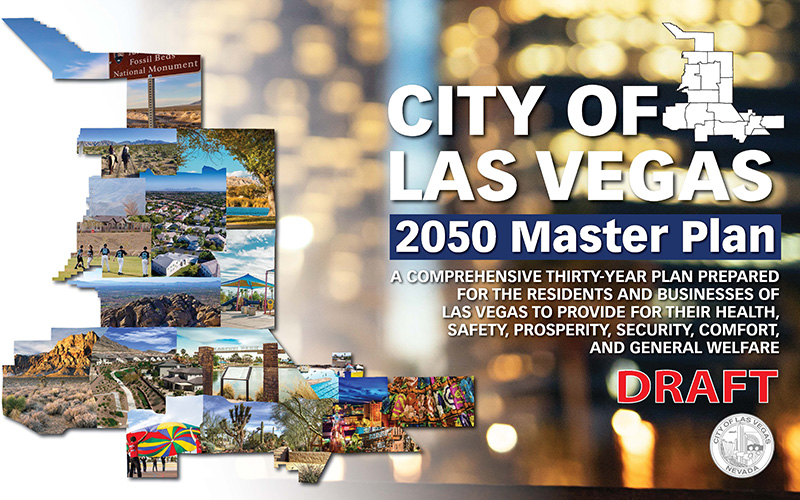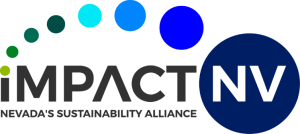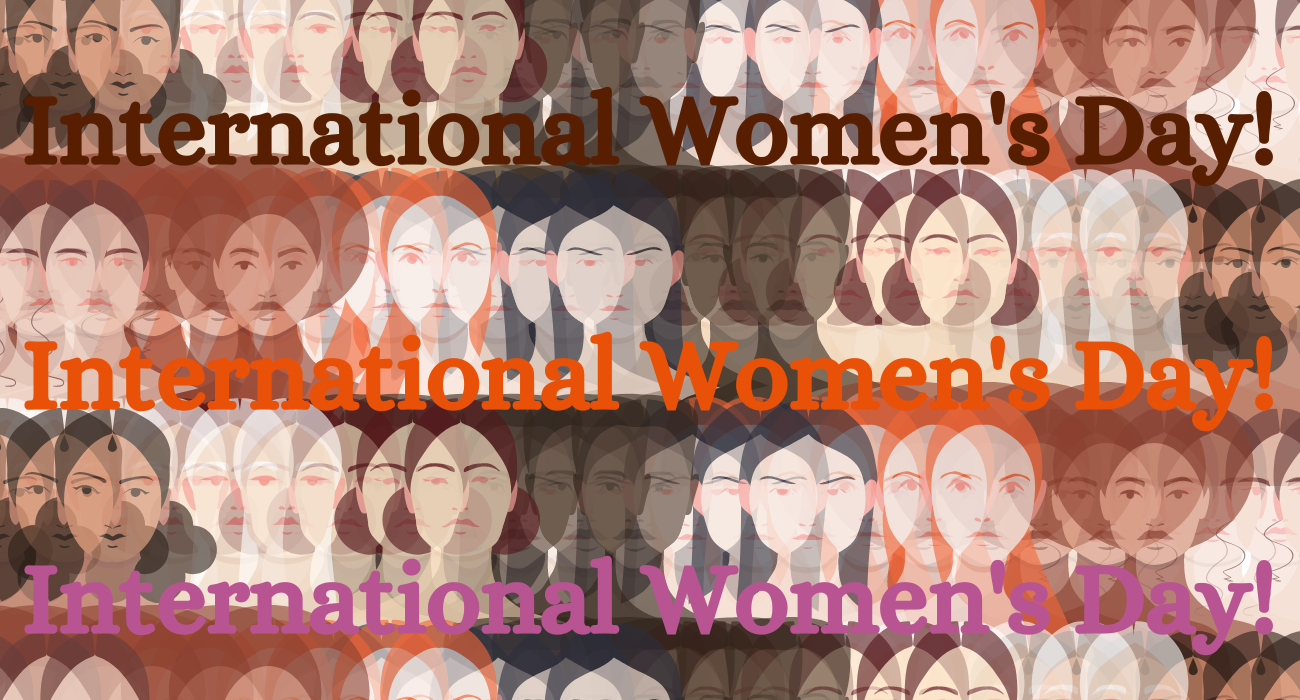
The City of Las Vegas has long been a committed supporter of sustainability and has been a partner with ImpactNV on its sustainability efforts. As with previous partnered efforts, both organizations recognize the importance of a healthy and resilient environment and economy, and have pursued strategies that improve our natural systems, incorporate smart transportation and land use, conserve water and other resources, transition to cleaner energy, and enhance quality of life for our residents, businesses, and visitors.
Over the past decade, the City has worked with ImpactNV to carry forward these efforts at a citywide level and with our leadership, we’ve led not only Southern Nevada, but the country on truly innovative efforts:
- The City was among the first large cities in the country to make a large-scale Renewable Energy Agreement with our electric utility NV Energy, replacing the city’s retail load with renewable energy.
- The City has more than six megawatts of solar at forty City facilities and more than 42,000 energy-efficient LED streetlights.
- Our community has reduced residential, commercial, and industrial buildings emissions as a result of cleaner power supplied by NV Energy and an aggressive renewable portfolio standard.
- Transportation based emissions have been reduced through transportation electrification and public transit projects coupled with infill and redevelopment efforts, especially within Downtown Las Vegas.
- The City has adopted aggressive waste diversion and recycling strategies and has the nation’s largest recycling center.
- The city applies the LEED green rating system for newly constructed or renovated buildings, including our iconic LEED Gold City Hall and our new Municipal Courthouse, and earned a LEED for Cities “Gold” certification.
As the City emerged from the Great Recession, it looked at growth and identified major issues affecting the region; including: housing, transportation, education, and economic development. On the heels of STAR Communities certification, of which ImpactNV was a partner, development of the ImpactNV Sustainability portal, and the City’s LEED for Cities Gold certification, the City determined the need for a new long-term plan for the City’s future.
Beginning in 2019, the City’s plan development team collected information for the plan and conducted widespread outreach at events throughout the valley, reaching over 6,000 people. The team also employed use of various statistically significant surveys, including from Applied Analysis, and data from STAR, ImpactNV Sustainability portal, and LEED for Cities. A Citizens Advisory Committee, consisting of stakeholders from across the community, helped inform and advise the City and its consultant, SmithGroup, at various points during the plan development process. Throughout public input, community members and surveys indicated the community is concerned about the following top challenges:
- Quality of education
- Impact of homelessness
- Crime and public safety
- Health care access and costs
- Drought, and water availability
- Availability and accessibility of parks and open space
Coupled with a land use assessment using a custom tool called Placebuild and incorporated regional consensus population projections from the University of Nevada, Las Vegas’ Center for Business and Economic Research, the team determined that with future suburban development, infill and redevelopment, and targeted transit-oriented development along strategic corridors:
- More than 300,000 new residents could live within the City, increasing the City’s population to more than 900,000 and the regional population to more than 3 million
- 9,500 acres of new parks and open space would be needed
- More than 100,000 housing units and 72 million square feet of new commercial space could be developed
- At least 600 new police officers would be needed, as well as 30 new schools, 2,500 new teachers, and more than 1,500 City employees
Based on the assessment of existing conditions and projected conditions, a series of mini-workshops with community stakeholders took place to gather additional input, each focused on guiding principles (health, equity, resilience, livability, and innovation) that would be the basis of a drafted vision statement presented to the Planning Commission and City Council:
“The City of Las Vegas will be a leader in resilient, healthy cities – leveraging the pioneering innovative spirit of its residents to provide equitable access to services, education, and jobs in the new economy.”
Data for outcomes were derived from the LEED for Cities effort and provided the foundation for drafting the content of the plan:
- Goals were developed, prioritized, and shared with the public in the summer of 2019 to describe the City’s future desired condition
- “Outcomes” described specific measurable results toward goal achievement
- “Key actions” and “implementation strategies” describe how the City will achieve those outcomes and, thus achieve the goal
The 2050 Master Plan contains five chapters. The plan is comprehensive and addresses groups of similar subject matter organized in different chapters:
- The plan begins by providing an overall explanation of the structure of the plan, a review of existing conditions, an explanation of the public outreach efforts, and details on the plan’s vision and guiding principles
- The second chapter plans future land Use, infill, historic preservation, and transit-oriented development for 16 areas of the city. The Mojave Desert environment, urban forestry, parks and open space, food and urban agriculture, and environmental justice are also covered.
- Chapter three addresses education, economic and workforce development, housing, and homelessness
- The fourth chapter covers systems and services, including transportation, natural resources, water conservation, greenhouse gas emissions, public health and safety, public facilities and services, and hazard mitigation.
- The final chapter covers the plan’s implementation. Various implementation tools are recommended, including action taken by the City Council, direct service and programmatic delivery by City Departments, major capital improvement projects, and continued collaboration with partnered regional entities. To monitor progress, the City will track all the outcomes in the plan and report them back to the Planning Commission and City Council, especially the top “50 by Fifty” outcomes.
The 2050 Master Plan will be heard by the City Council at its June 2, 2021 meeting. The city invites the public and all interested stakeholders to attend publicly or view the meeting online on KCLV Channel 2, Livestream, or City social media. If approved, a companion ordinance will be considered for adoption at the June and July City Council meetings.




